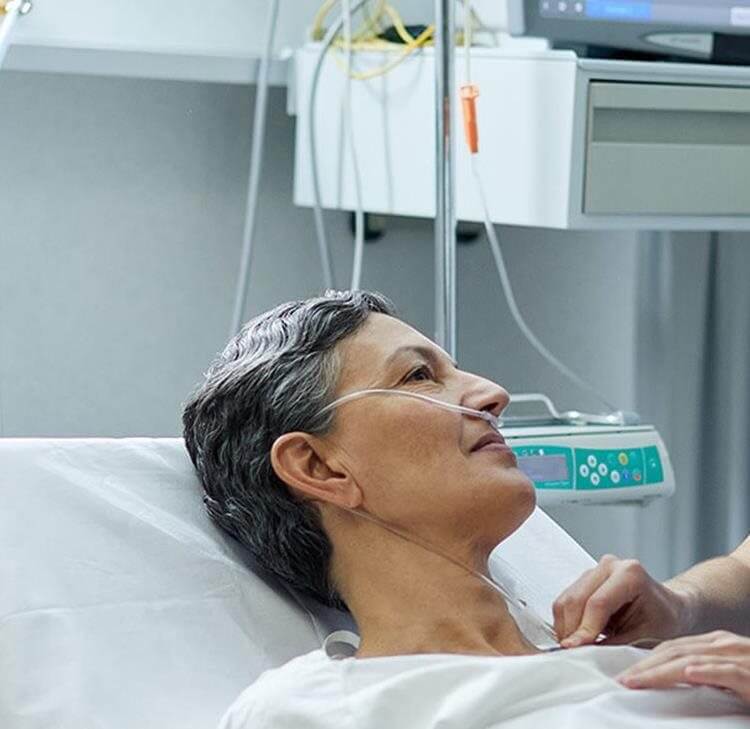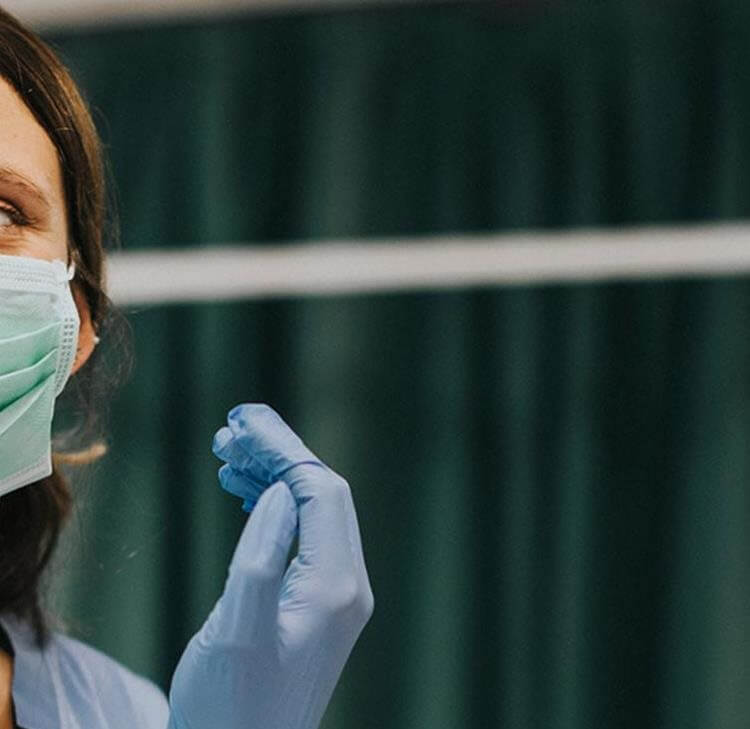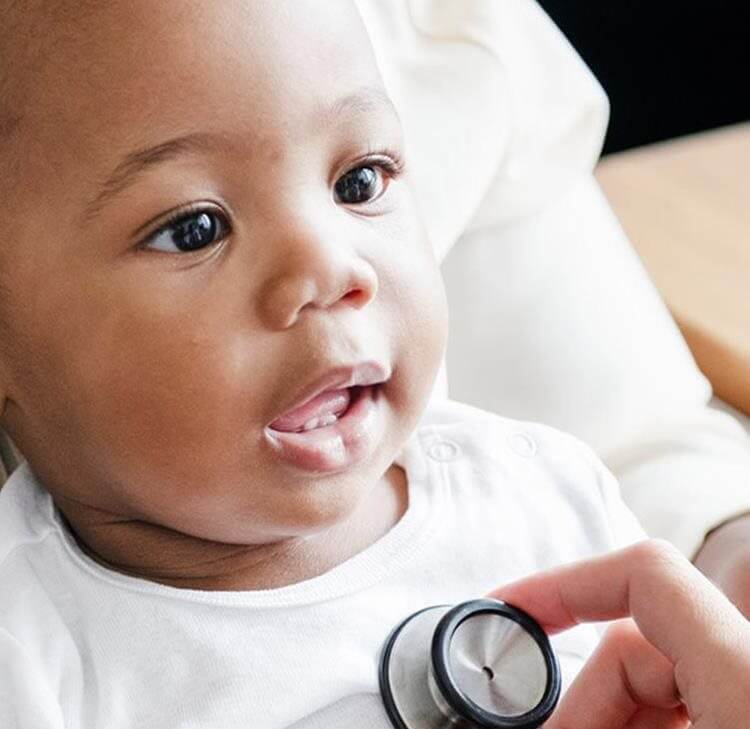First published on Healthcare World.
Advancements in women’s health are not felt equally across the world while gender-specific research and development continues to lag.
Understanding women’s health and its evolution
Women’s health encompasses a broad spectrum of medical concerns, from reproductive and maternal health to conditions that disproportionately affect women, such as certain cancers and autoimmune diseases.
Yet despite women comprising just over half the global population, their health needs have historically been underserved both in research and clinical trials, which predominantly focus on male subjects and in the medical community.
This gender bias has led to significant gaps in understanding how diseases manifest differently in women, how they respond to treatments, and both the access to and level of care that patients receive.
The emergence of femtech – technology specifically focussed on women’s health needs – represents a promising development in ensuring women have access to appropriate care, as well as participate in research and development focussed on women.
Femtech development spans everything from fertility tracking apps to innovative diagnostic tools for conditions such as endometriosis.
Emergen Research projects the global femtech market to exceed $60bn by 2027, having gained substantial attention from tech companies and entrepreneurs who recognise the compelling social and economic benefits to be achieved from prioritisation of women’s health.
But while investors and individuals in affluent countries recognise the opportunity both for business and on a personal level in improving health outcomes for women, the biggest determinate in achieving equality of care globally remains political factors.
According to McKinsey, closing the women’s health gap represents a $1 trillion opportunity to improve lives and economies but, as we outline in this article, progress often remains slow.
Challenges and emerging solutions – international comparisons
The global landscape of women’s healthcare presents stark contrasts between nations that have made significant strides and those still grappling with fundamental challenges.
The Hologic Global Women’s Health Index consistently ranks Afghanistan and several African nations lowest in women’s health outcomes.
In Afghanistan, decades of political instability have severely impacted healthcare infrastructure, while cultural barriers often restrict women’s access to medical care. The situation is compounded by a shortage of female healthcare providers, which is crucial in contexts where cultural norms limit women’s interactions with male medical professionals.
Countries such as Chad, South Sudan and parts of West Africa also struggle with limited healthcare infrastructure, particularly in rural areas where many women live.
These regions face critical shortages of specialised healthcare providers, especially in fields such as obstetrics and gynaecology. Economic constraints often mean that even when services are available, they remain out of reach for many women due to cost barriers.
In contrast, Nordic countries consistently emerge as global leaders in women’s healthcare delivery, with Sweden, Norway and Denmark frequently topping international rankings.
These nations have achieved outstanding outcomes through a comprehensive approach that combines universal healthcare access with gender-specific health initiatives. Their success stems from several key factors: robust primary care systems that prioritise preventative health measures, comprehensive maternal care programmes that extend from pre-conception through postpartum support, and innovative digital health solutions that improve access and monitoring of women’s health issues.
Switzerland and the Netherlands also demonstrate excellence in women’s healthcare by successfully implementing integrated care models that address women’s health holistically, considering both physical and mental health needs.
Their approach includes regular screening programmes, early intervention strategies and comprehensive support systems that ensure continuity of care throughout a woman’s life stages.
These approaches have achieved demonstrable benefits in areas of reproductive health and cancer care in particular.
But while the natural assumption may be that the richest countries have cracked women’s health, there remains a global lag across various healthcare issues including in many of the world’s wealthiest nations.
Reproductive health
Reproductive health remains a critical concern, with the World Health Organisation (WHO) reporting that maternal mortality continues to be unacceptably high. About 800 women are dying daily from preventable causes related to pregnancy and childbirth. Most of these deaths occur in low-resource settings and could be prevented with timely intervention.
In reproductive healthcare, significant disparities persist, particularly in developing regions where access to basic reproductive healthcare remains limited. But there are positive signs, with innovation gathering pace: digital health platforms are improving access to information and care, while advances in telemedicine are making reproductive healthcare more accessible to women in remote areas.
Digital tracking tools are also aiding women with access to such platforms in countries like the United States, where menopause remains significantly underdiagnosed – eight in 10 women in the US receive no formal diagnosis.
New hormone therapy options, specialised menopause clinics offering comprehensive care and a growing awareness is driving improved workplace policies. Healthcare provider education also means more women can access timely and appropriate care and support for their symptoms.
Mental health and neurodiversity
Mental health and neurodiversity present unique challenges for women, who face higher rates of certain conditions and often encounter gender-specific barriers to care. The Ipsos Health Services Report 2024 revealed that 51 per cent of women consider mental health a primary health concern, compared to 40 per cent of men. This disparity is even more pronounced among younger generations.
Particularly concerning is the systematic underdiagnosis of conditions such as ADHD and autism in women and girls. Research indicates that diagnostic criteria have historically been based on male presentation of symptoms, leading to missed or delayed diagnoses in women.
Gender-specific approaches to mental health diagnosis and treatment are emerging in countries where mental health is already high on the healthcare agenda, with digital therapeutic platforms designed for women’s needs and specialised perinatal mental health programmes. Research is also being gathered to improve understanding of hormonal influences on mental health, leading to more tailored treatment approaches.
Cancer care
Cancer care exemplifies both the progress and persistent challenges in women’s health globally.
In 2022, the WHO reported 2.3m women were diagnosed with breast cancer, resulting in 670,000 deaths worldwide. While breast cancer survival rates exceed 80 per cent in most high-income countries, they drop significantly in developing nations – 66 per cent in India and just 40 per cent in South Africa.
Multiple barriers contribute to these disparities, including delays to individuals seeking healthcare due to social stigma, limited awareness in rural areas, insufficient access to treatment centres, and financial constraints.
Cervical cancer, while preventable through HPV vaccination, remains the fourth most common cancer in women worldwide. Despite its proven effectiveness, only one in five adolescent girls globally has received the HPV vaccine, highlighting ongoing challenges in preventive care access.
Recent advancements in women’s cancer care include AI-powered mammogram analysis for earlier detection, targeted immunotherapy treatments, and mobile screening units bringing care to remote areas.
The WHO’s Global Breast Cancer Initiative is pioneering cross-border knowledge sharing, while innovative blood tests are enabling earlier ovarian cancer detection, significantly improving survival rates.
Path forward – data sharing and international collaboration
The power of data sharing across healthcare systems can’t be overstated in its potential to transform women’s health outcomes. Currently, significant gaps exist in our understanding of women’s health needs, particularly in underserved populations.
International collaboration in data sharing can drive improvements in several key ways. First, it enables the identification of successful interventions and best practices that can be adapted and implemented across different contexts.
Second, standardised data collection methods allow for meaningful comparisons between different healthcare systems, helping identify areas where interventions are most needed. Third, shared data repositories can accelerate research in understudied areas of women’s health, leading to more effective treatments and interventions.
The WHO’s initiatives in breast and cervical cancer demonstrate the potential of international collaboration. By sharing data on screening programmes, treatment outcomes and intervention strategies, countries can learn from each other’s successes and failures, ultimately improving care delivery for women globally.
Breaking down barriers
Addressing global women’s health disparities requires a comprehensive strategy that combines immediate interventions with long-term systemic changes. This approach must address multiple dimensions of healthcare delivery while considering local contexts and challenges.
While investment in healthcare infrastructure, such as physical facilities and digital health solutions, remains crucial, what sets leading nations apart is also their societal approach to women’s health.
They have successfully created environments where women’s health concerns are prioritised and destigmatised, leading to better health-seeking behaviours and outcomes. These countries also lead in research and development focussed on women’s health issues, contributing to global knowledge and best practices.
Education and awareness play vital roles in breaking down barriers, including both public health education and professional training for healthcare providers. Countries must work to address cultural barriers through community engagement and education, while also ensuring that healthcare providers are trained in gender-specific health needs and cultural competency.
Policy reforms are essential for creating lasting change. Such reforms include implementing gender-sensitive healthcare policies, ensuring adequate funding for women’s health programmes and creating accountability mechanisms to track progress. Successful policies from leading nations can serve as models, though they must be adapted to local contexts and needs.
The development of sustainable financing mechanisms is crucial for ensuring that women’s health initiatives can be maintained and expanded over time. Such initiatives might include public-private partnerships, innovative insurance schemes and international development funding focussed specifically on women’s health outcomes.
The opportunity
McKinsey’s $1 trillion opportunity illustrates the economic merits of investing in women’s health. In particular, the rise of femtech is bringing forward innovations that will not only make healthcare more accessible to women worldwide, but also present huge potential for businesses that front this mission.
As we look to the future, the advancement of women’s health requires sustained commitment from governments, healthcare providers and the international community. While progress has been made, closing the global gender health gap remains a crucial challenge for the 21st century.
Success will require continued innovation, investment and dedication to ensuring that women worldwide have access to the comprehensive healthcare they deserve.
Authors

Clare Auty
Partner
Taylor Berzins
Associate

Rebecca Hainsworth
Partner
Key contact

Clare Auty
Partner
clare.auty@brownejacobson.com
+44 (0)121 237 3943





![Contractual liability for all inclusive treatment: Bartolomucci v Circle Health Group Limited [2025]](/getattachment/95f9533b-f99c-4fcc-b8d5-3f93904b8242/shutterstock_1265400856.jpg?variant=HeroImageTabletVariantDefinition)



































